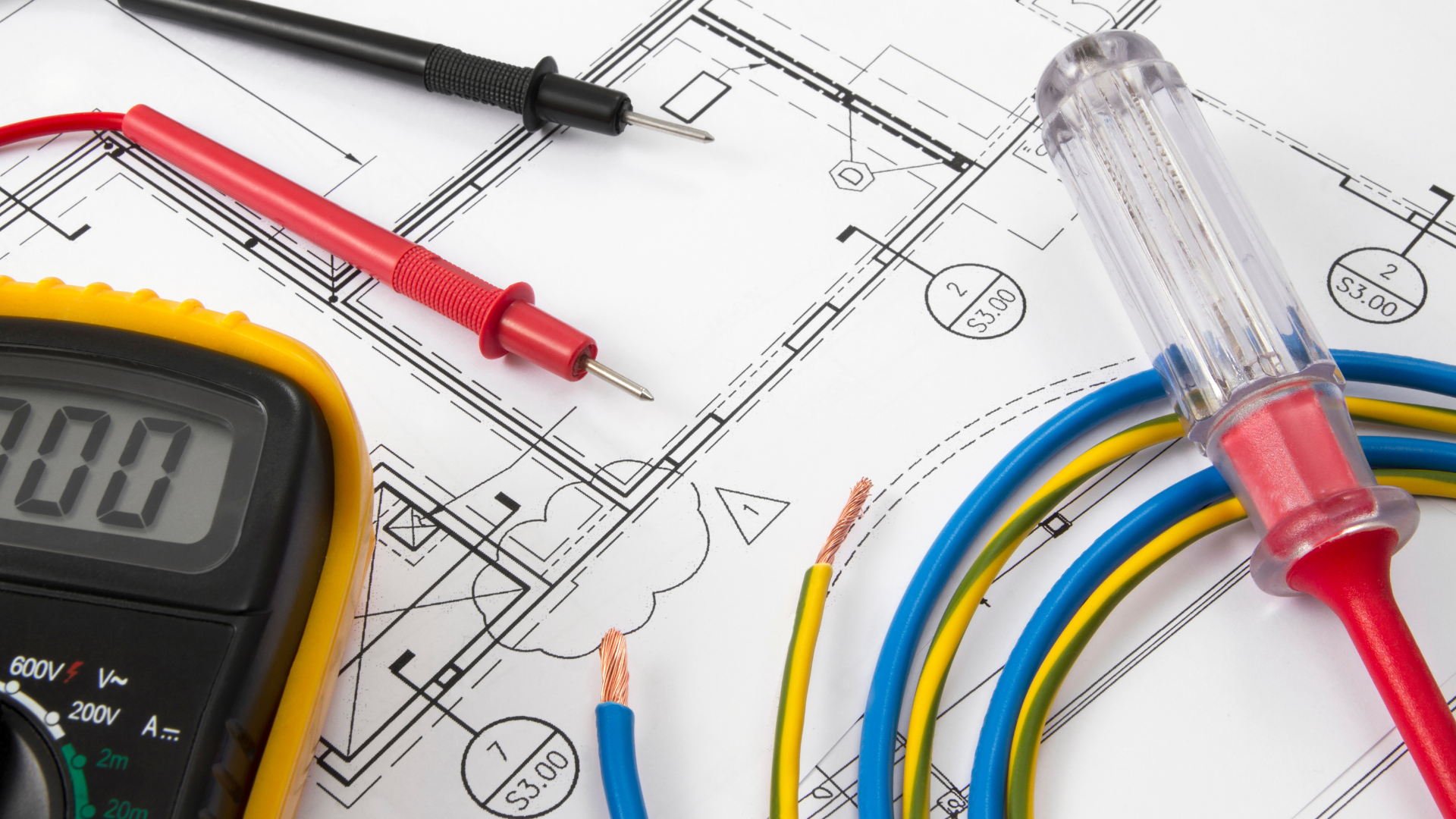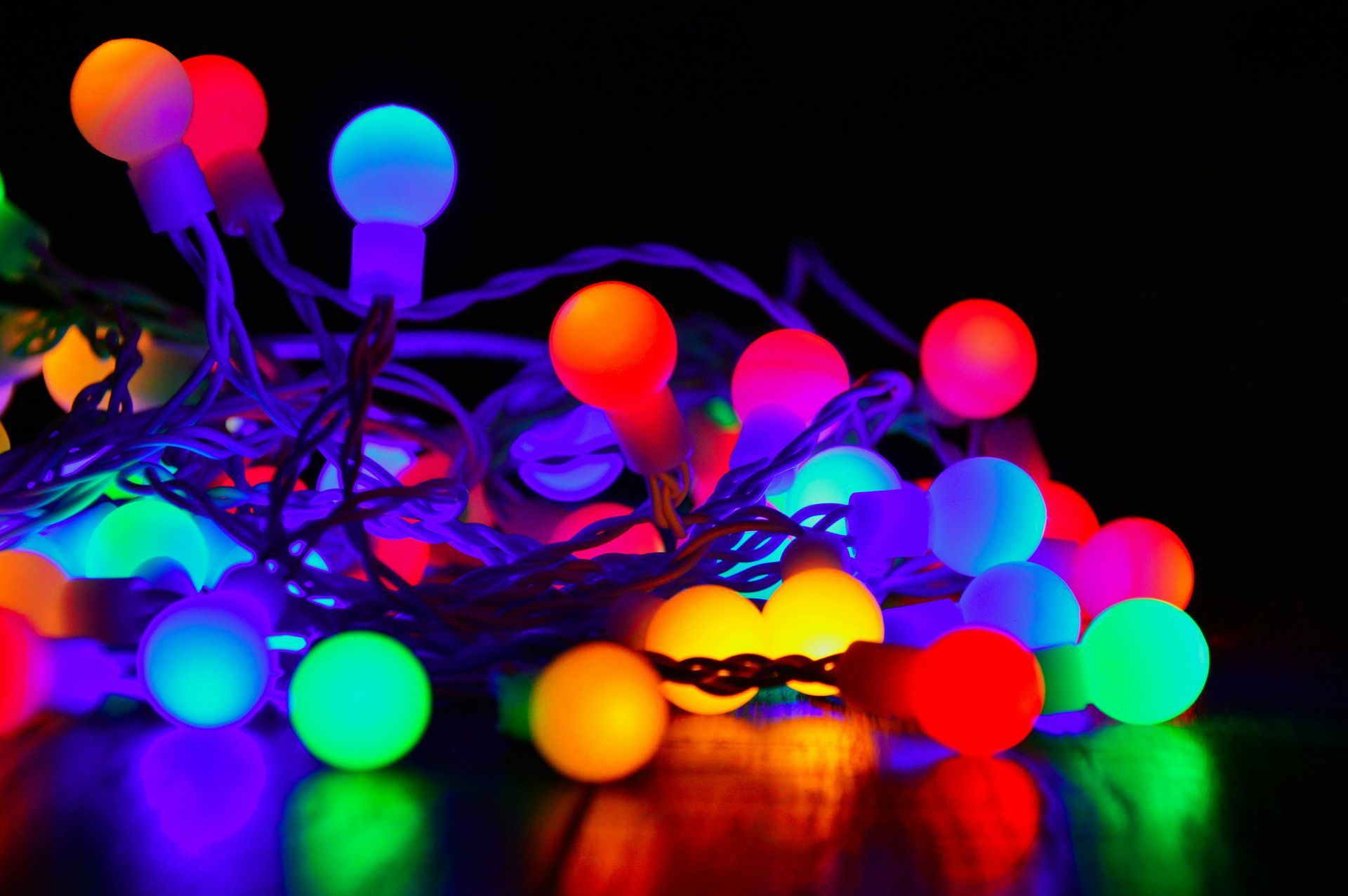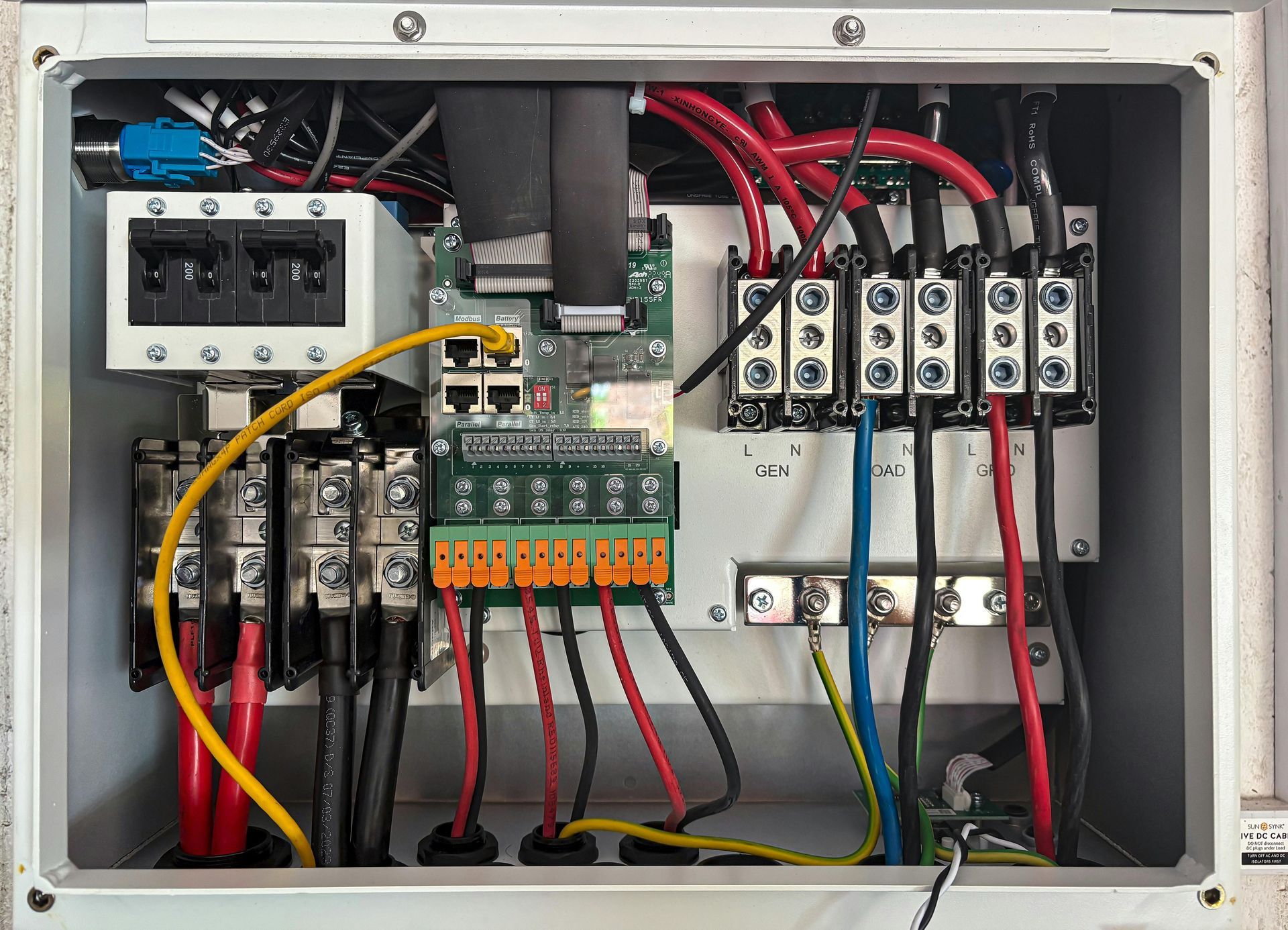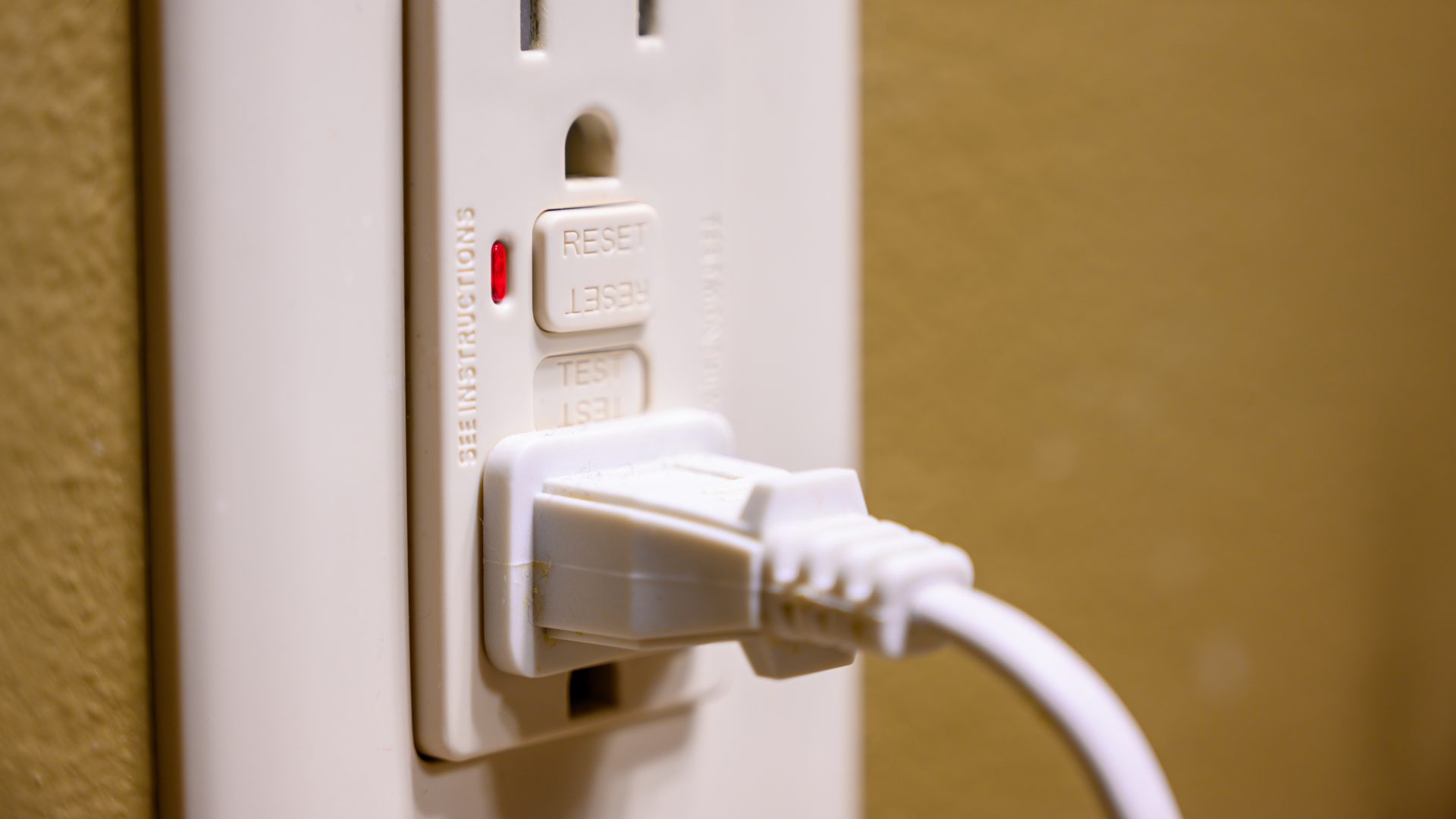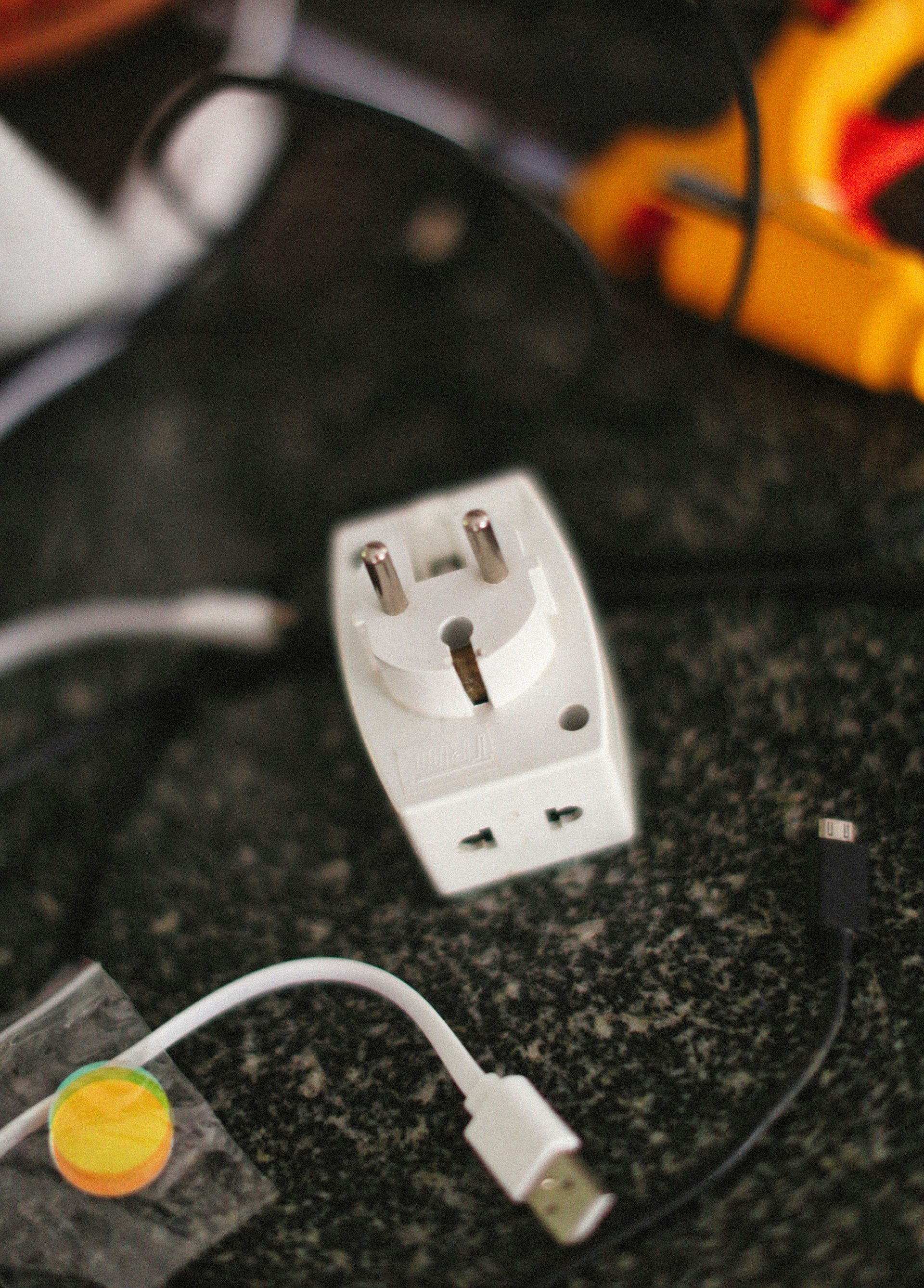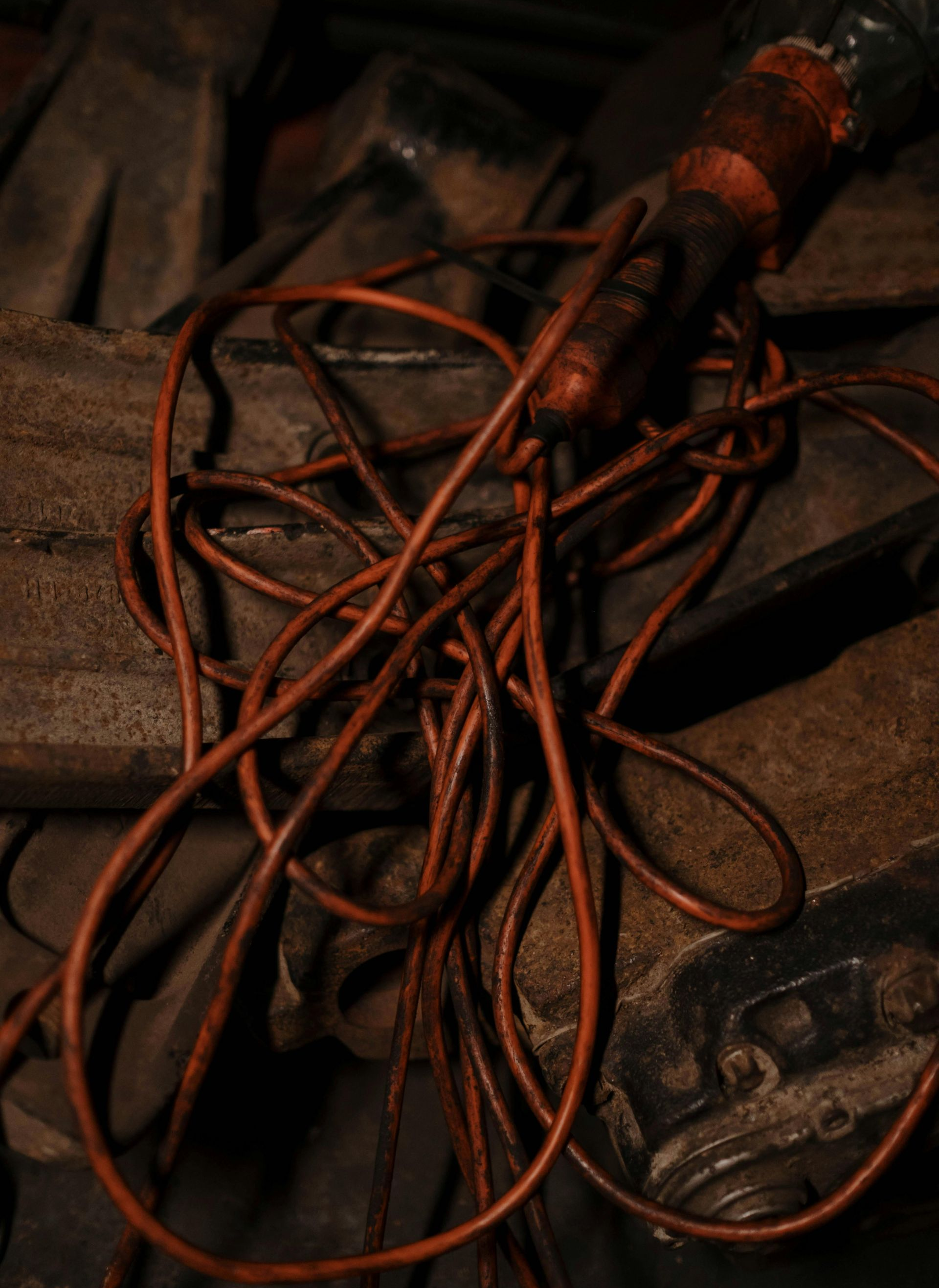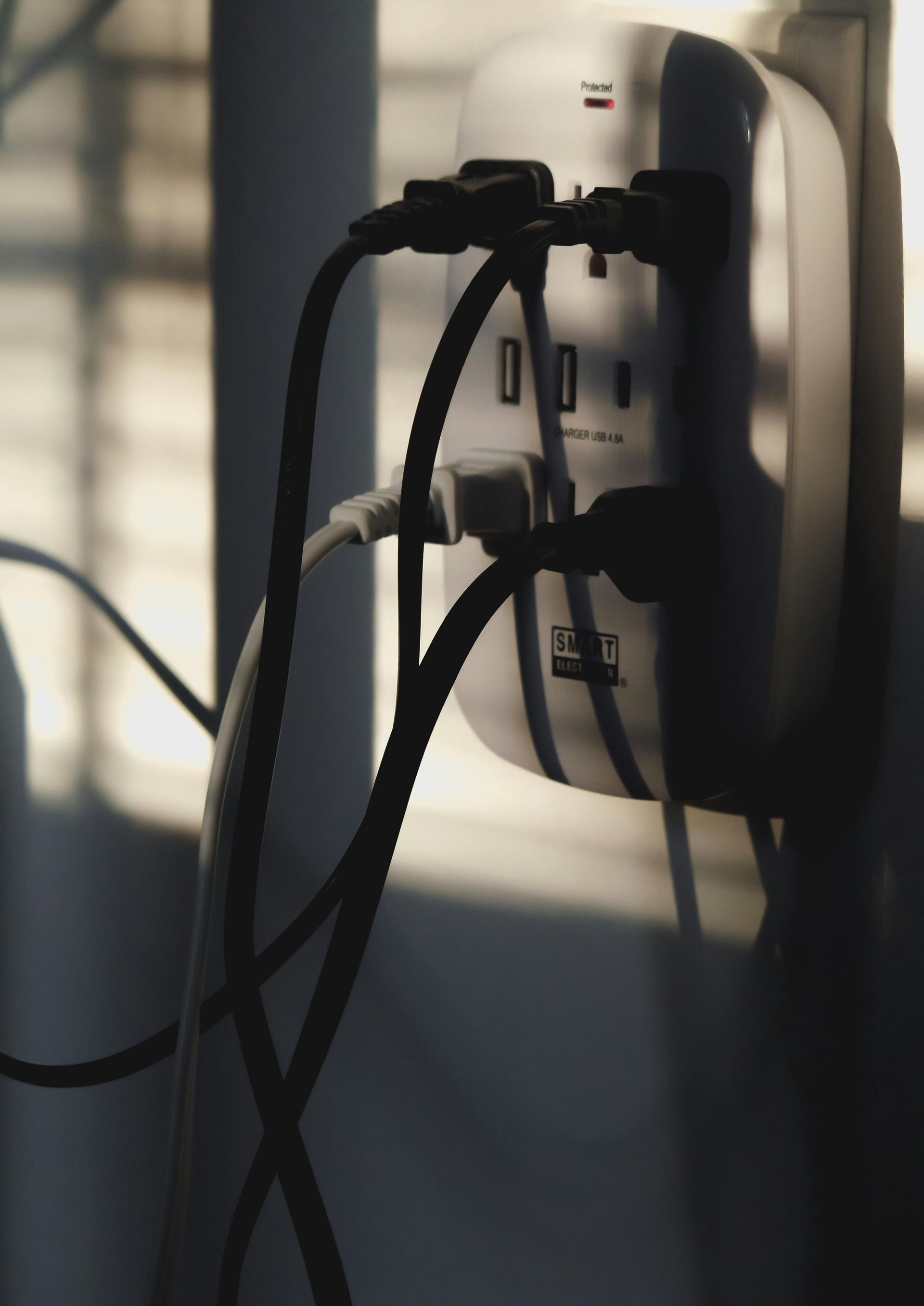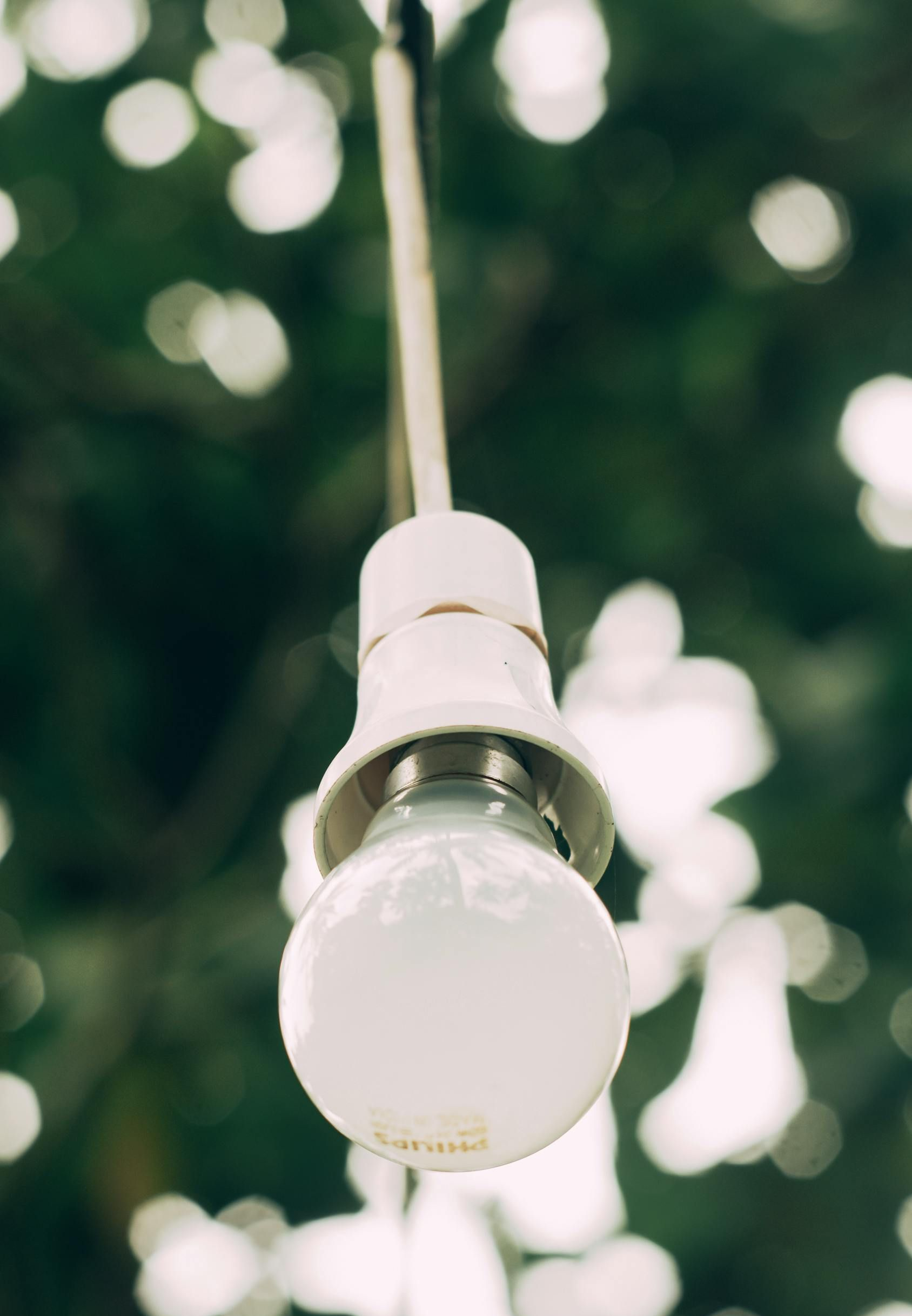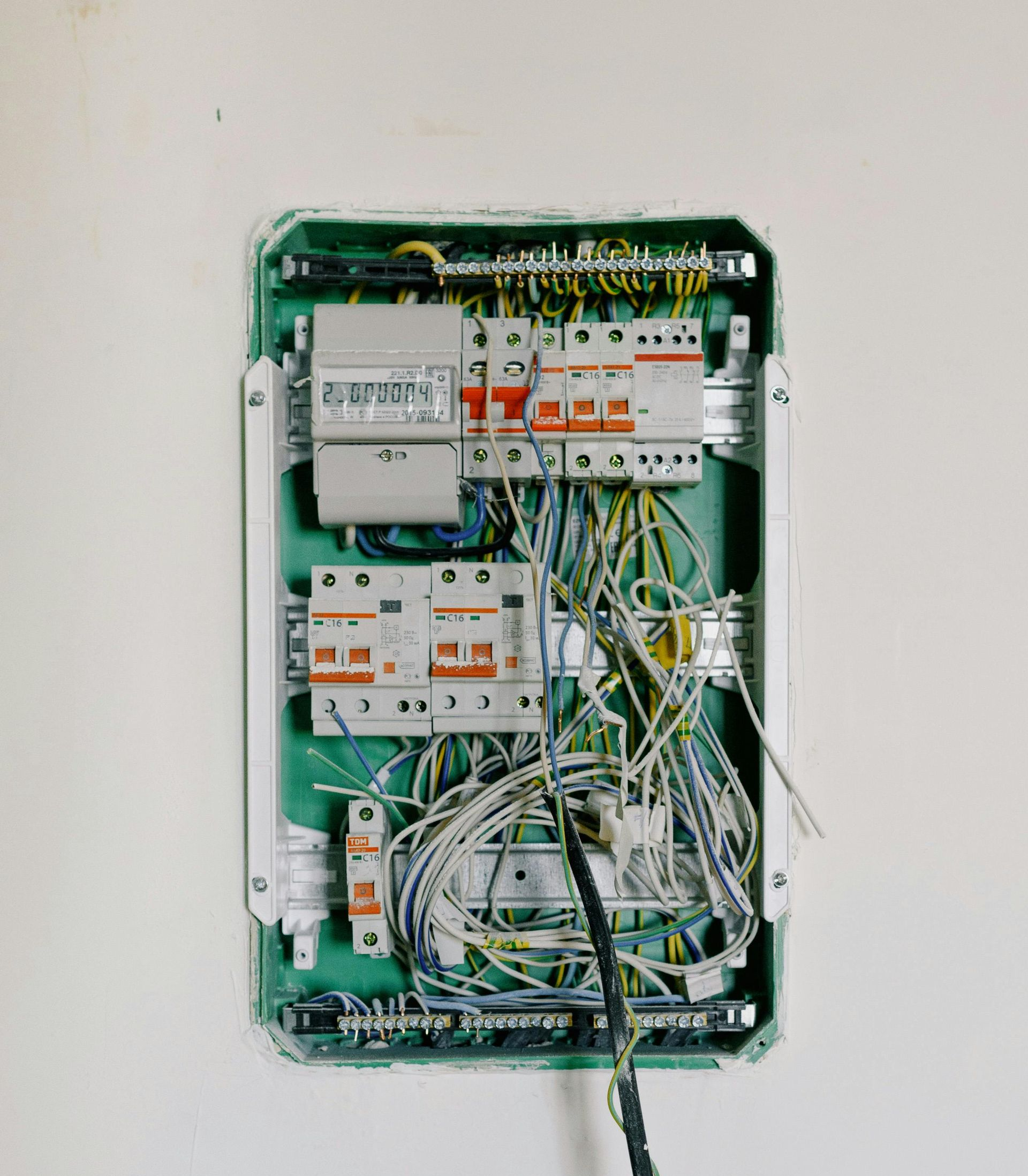Recognizing the Early Signs of an Electrical Fire
Protect Your Home
Electrical fires are among the most dangerous threats homeowners face. They often begin quietly, hidden behind walls or inside outlets, and spread before anyone notices. By the time flames are visible, significant damage may already be underway. The good news is that electrical systems often give warning signs before a fire begins. At ESD Electric, we want homeowners to understand these early signals so they can take action and keep their families safe.
Flickering or Dimming Lights
One of the most common signs of an electrical issue is flickering or dimming lights. While it may seem like a minor inconvenience, this problem often points to overloaded circuits, faulty wiring, or poor connections. If lights dim when appliances turn on, the circuit may not be able to handle the load. Ignoring these changes can allow wiring to overheat, creating conditions for a fire.
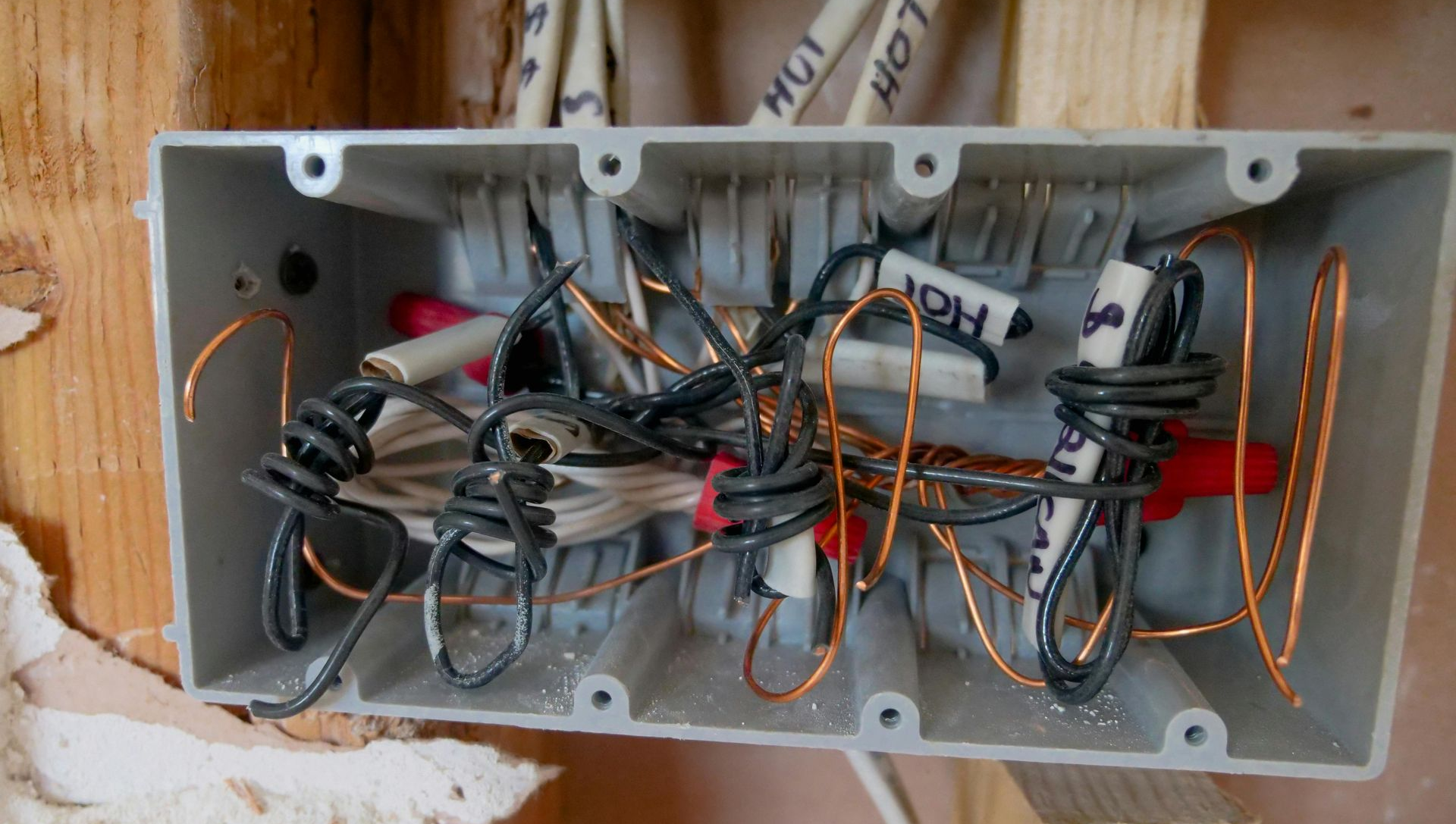
Frequently Tripped Circuit Breakers
Circuit breakers are designed to protect your home by shutting off power when there is too much current flowing through a circuit. If breakers trip occasionally, it may be the result of using too many appliances at once. However, if tripping becomes frequent, it may signal faulty wiring, short circuits, or other serious problems. Resetting the breaker without addressing the underlying cause only increases the risk of an electrical fire.
Warm or Discolored Outlets
Outlets and switches should never feel warm to the touch. Heat, discoloration, or scorch marks around outlets indicate that wiring is overheating. This is a
critical warning sign that requires immediate professional attention. Continuing to use a compromised outlet can quickly lead to sparks or flames.
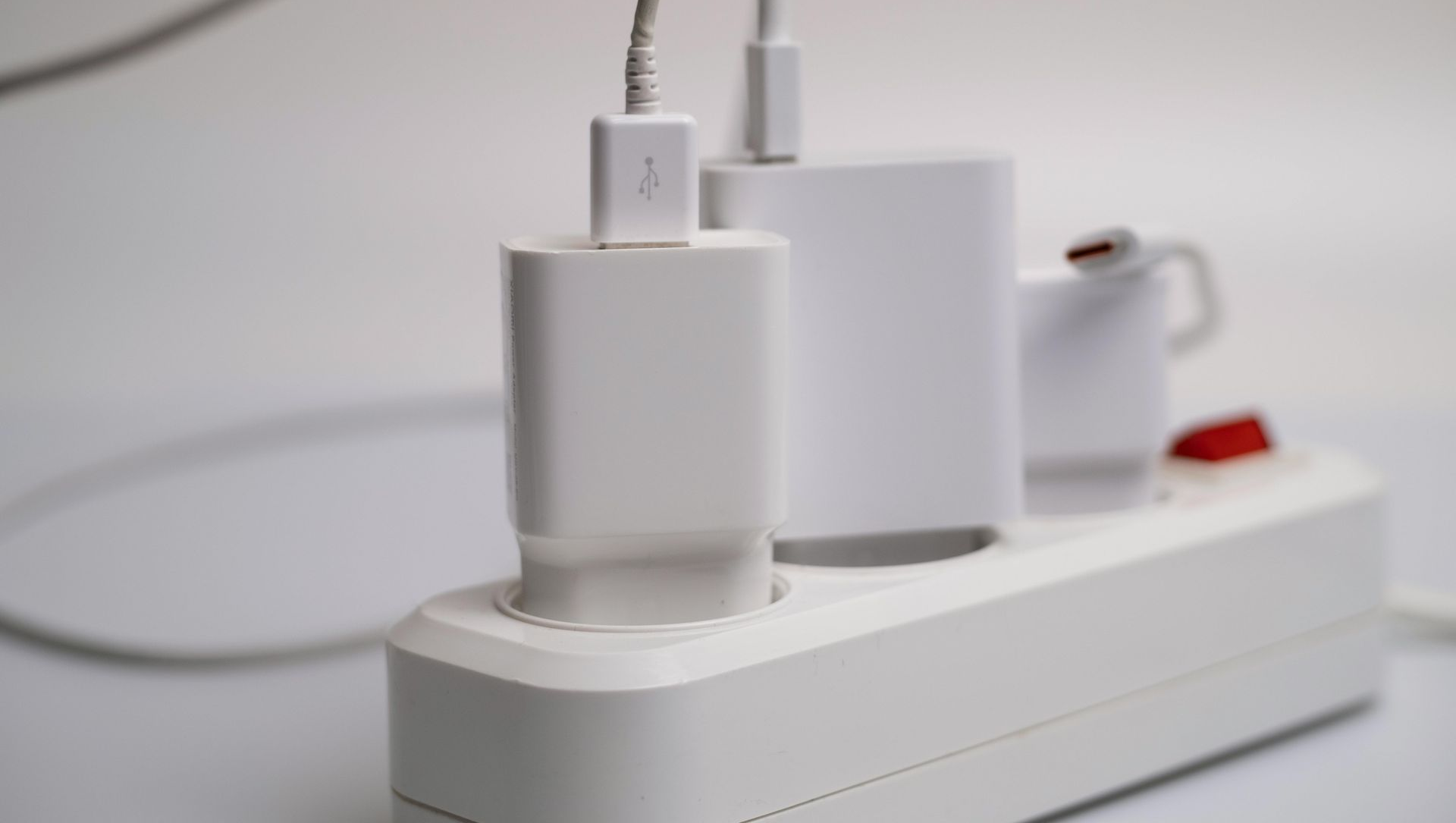
Burning Odors or Buzzing Sounds
Unusual smells are another sign of electrical trouble. A faint burning odor, especially near outlets or electrical panels, can indicate melting insulation or damaged wiring. Buzzing or crackling sounds inside walls or outlets should also be taken seriously. Electricity should flow silently; any noise suggests that connections are loose or arcing is occurring. Both of these conditions can ignite nearby materials.
Faulty or Outdated Wiring
Homes with older wiring systems are particularly vulnerable to electrical fires. Aluminum wiring, knob-and-tube wiring, or wires that have not been inspected in decades may no longer meet modern safety standards. Frayed insulation or exposed wires are visible hazards that should never be ignored. Regular inspections from licensed electricians are the best way to ensure that older wiring does not create dangerous conditions.

Overloaded Extension Cords and Power Strips
Many households rely heavily on extension cords and power strips. While convenient, these tools are not designed to carry the load of multiple high-wattage appliances. Overheating cords can easily ignite. If outlets are constantly full or extension cords are used permanently, it may be time to install additional circuits or outlets to meet household demands safely.
The Importance of Professional Inspections
Recognizing early warning signs is the first step, but professional intervention is essential to prevent fires. Licensed electricians have the training and equipment to identify hidden issues, repair damaged wiring, and ensure that electrical systems meet current code requirements. At ESD Electric, we perform thorough inspections, correct dangerous conditions, and provide solutions that protect both people and property.
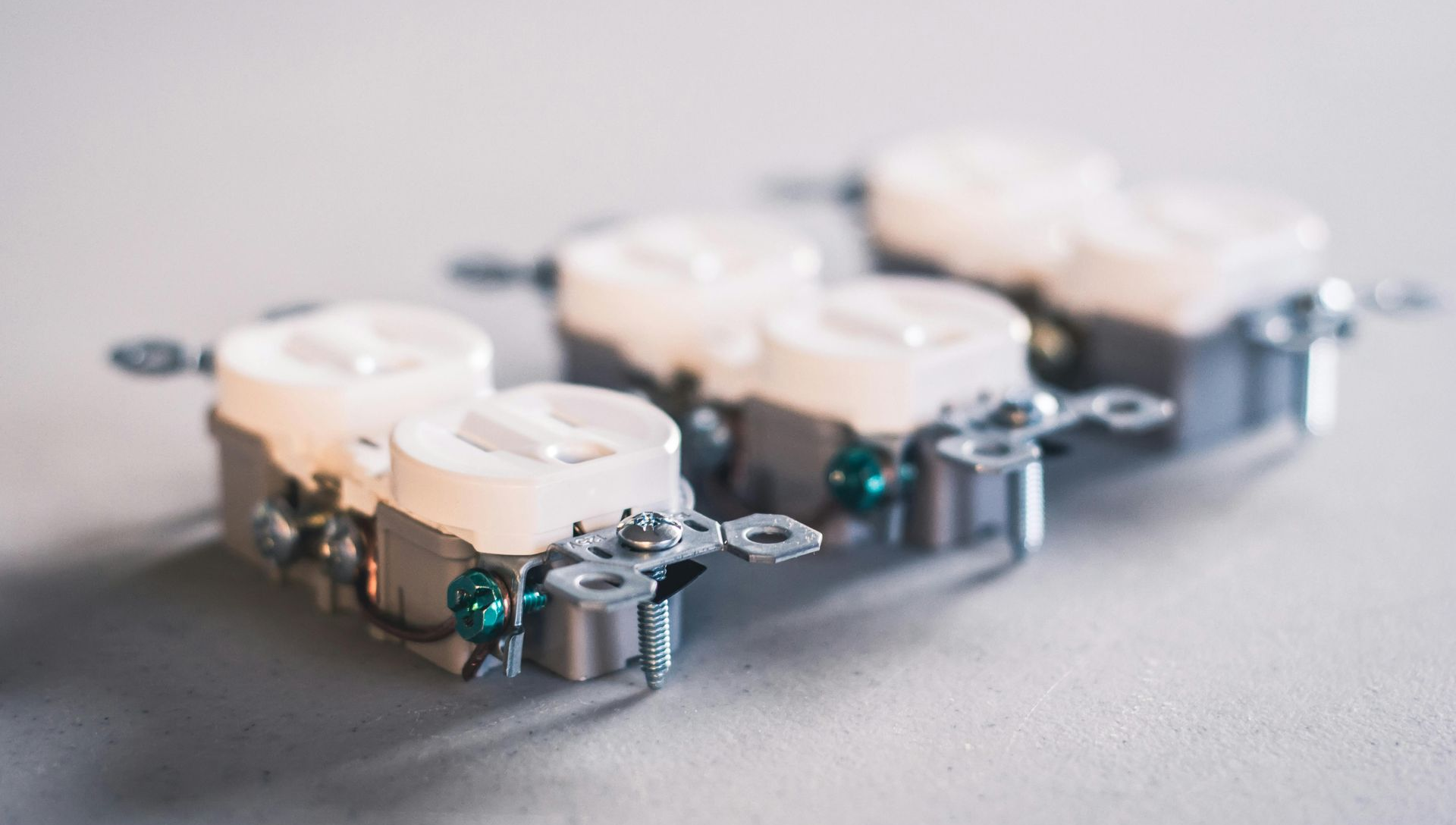
Final Thoughts
Electrical fires rarely happen without warning. Flickering lights, tripped breakers, warm outlets, burning odors, and buzzing sounds all signal problems that should never be ignored. Older wiring and overloaded cords only increase the danger. By recognizing these signs early and calling a licensed electrician, homeowners can prevent devastating losses and ensure that their homes remain safe.
At ESD Electric, we are committed to protecting families by providing reliable, professional electrical services. If you notice any of these warning signs in your home, contact our team right away. Prompt action can make the difference between a minor repair and a major disaster.
